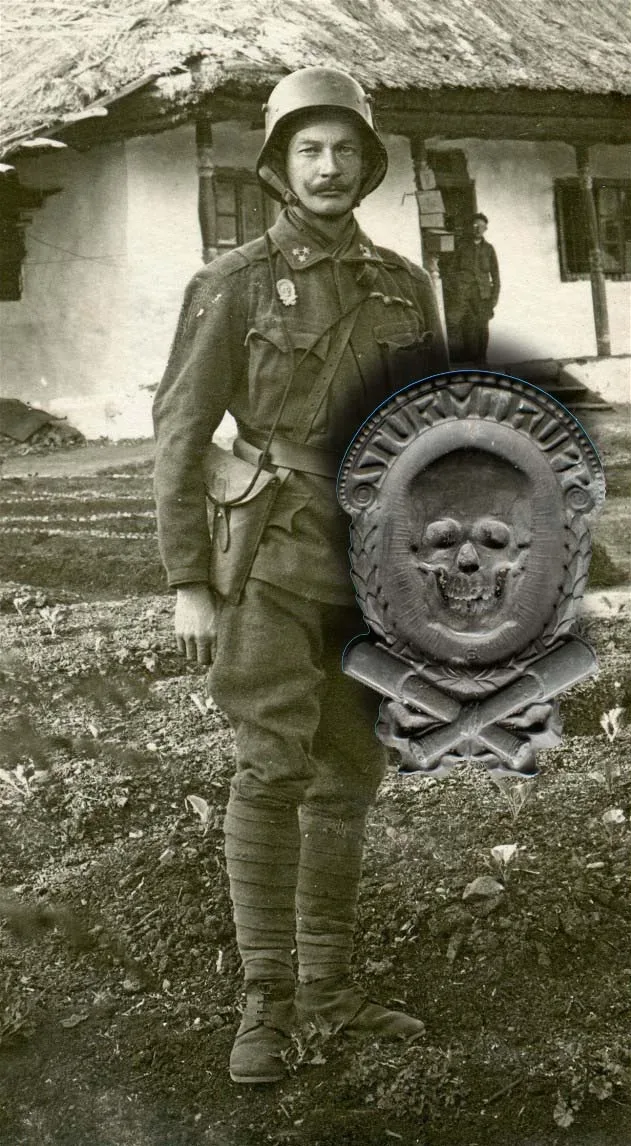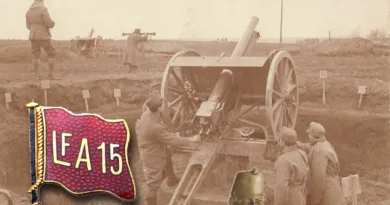Assault troops
Books on the subject have been published, so it is difficult to write briefly about this topic. The Russians started it. They used the experience of the 1905 war to create “scout patrols.” They were involved in reconnaissance, kidnapping, other special tasks. In the Army of the Monarchy, scout patrols were formed following this pattern from 1915. At that time, the Germans had already set up separate assault units. There was a training plan for them. Taking into account the German experience, the first special frontline assault troops were established in 1916 using the already established scout units.

From 1916 the organizational framework of the assault troops was established, a training plan was prepared for them, their special duties and equipment were defined. Assault squadrons and assault battalions were initially deployed at army level and later at lower (corps and then division) levels. In the end this has become the typical organizational framework: an assault battalion was assigned to divisional subordination. Its personnel were made up of a select crew of the division’s infantry regiments. From 1916 onwards, in addition to frontline reconnaissance and other operations, assault teams were increasingly systematically used as spearheads in offensive operations. Thus, their main task in front of the attacking mass was to clear the terrain from physical obstacles and take the first line, eliminating the resistance foci (e.g. machine gun nests) there. This required equipment and tools that did not hinder fast movement.

Thus, the assault troopers were given assault helmets, short carbines and 10-12 hand grenades placed in carrying sacks. Instead of bayonets, they had assault knives and wire cutting devices to remove obstacles. During the larger scale deployment of assault troops, the attacks were supported by portable machine guns and mine throwers. They were used to quickly repulse enemy counter-attacks when reversing the enemy line. From 1917, flamethrowers were also deployed to the assault squads. They arrived in the second line of attack, as it was difficult to advance with the heavy tanks that would have given the enemy a big target.
There are many descriptions of the activities of the assault troops. Detailed reports have been made of each action, many of which are still available today. Such was the attack on the Magyaros height on 8 March 1917. Here, an entire infantry regiment had been trained for assault duties. This attack achieved its intended purpose with minimal loss and continued to serve as a model for planning other attacks.


The Kappenabzeichen of the assault troops can be divided into two groups. There were general assault badges, and most of the assault battalions had their own unit badges. In the opening image, we see the most common assault badge on the soldier’s jacket. It was prepared by the Gurschner company in Vienna. The scout patrol badge (Jagdkommando) is relatively rare from the first phase of assault troop organization. Third, I present the badge of the 27th Division’s Assault Battalion. It’s a Gurschner product, too. Like many badges, it had a simpler, cheaper version, and a more ornate, enameled version too. These enameled badges are priced highest on auctions.





[…] troops receive the most attention. Their badges are the most popular among badge collectors. In my previous post, I already described some basic information about them. This post will talk about the fact that […]
[…] “sponge cake” shaped general assault badge is a sought after but not unattainably rare badge. It is included in many collections. However, its […]